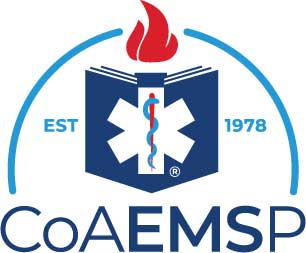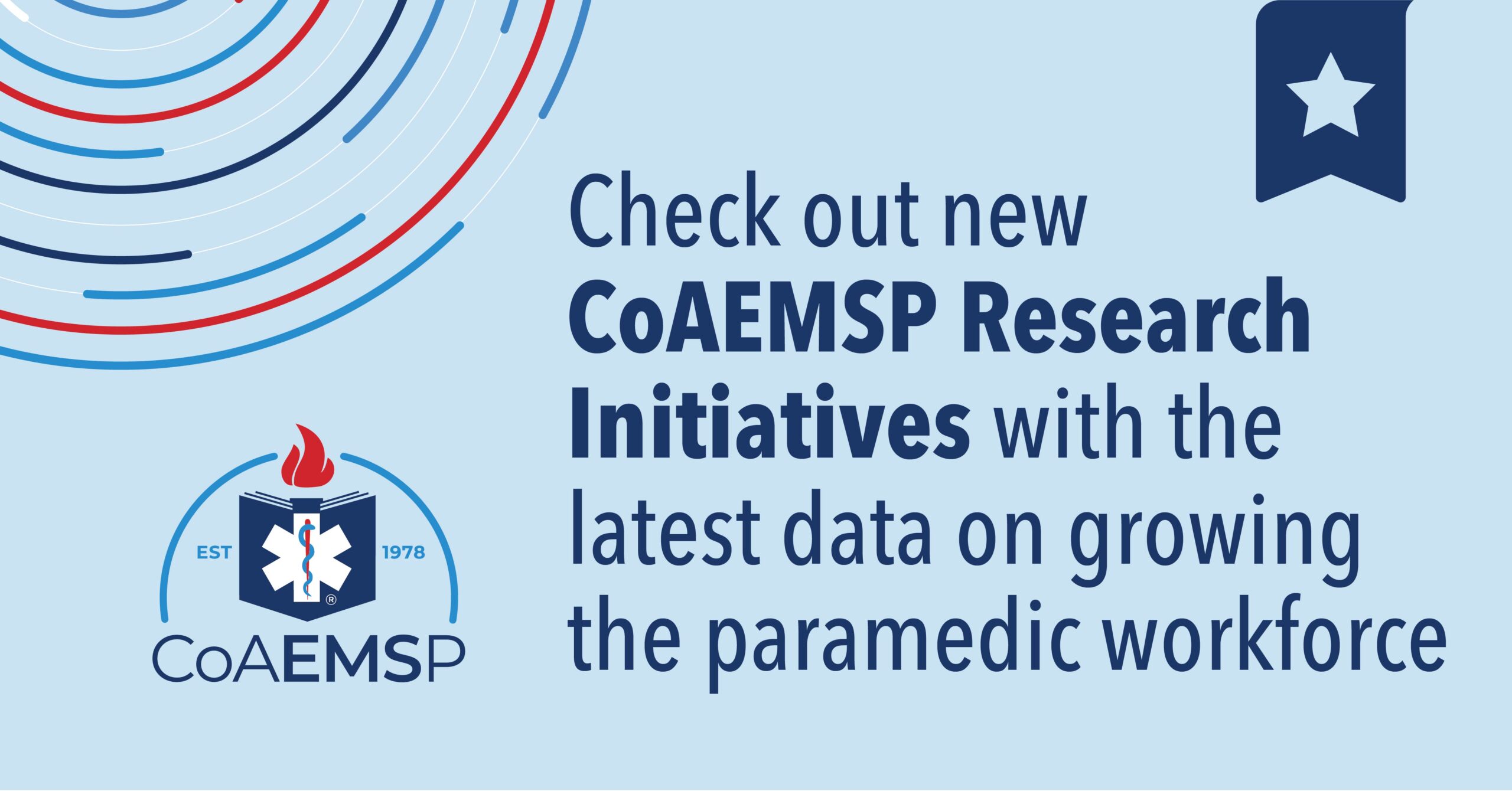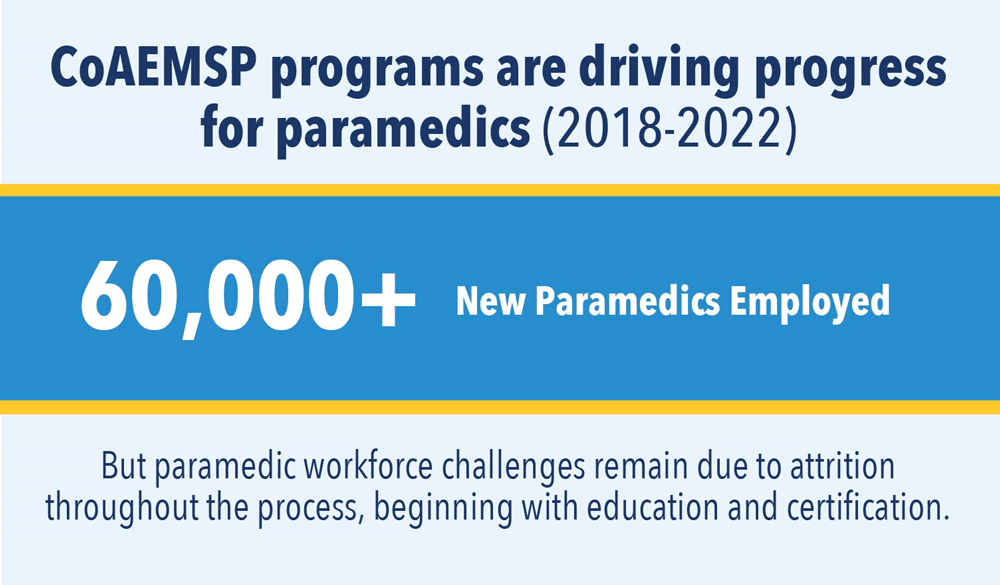Welcome to CoAEMSP.org!
CoAEMSP is the only organization recognized by CAAHEP to provide accreditation services for Paramedic and, beginning in 2025, AEMT education programs.
The Commission on Accreditation of Allied Health Education Programs (CAAHEP) is a programmatic post-secondary accrediting organization recognized by the Council for Higher Education Accreditation (CHEA). CAAHEP is the only nationally recognized accreditor for EMS education, and CoAEMSP is the only organization recognized by CAAHEP to provide accreditation services for AEMT and paramedic education programs.
What is accreditation?
Accreditation is a process to assess the quality of institutions, programs, and services to ensure they meet established standards.
In post-secondary education and training, there are two kinds of accreditation:
- Institutional accreditation assesses whether a school has met certain minimum standards in terms of administration, resources, faculty, and facilities.
- Programmatic accreditation assesses specialized or professional programs to ensure that the education provided meets acceptable levels of quality. The program’s sponsor has already received institutional accreditation.
Along with certification and licensure, accreditation is a tool intended to help assure a well-prepared and qualified workforce providing health care services.





